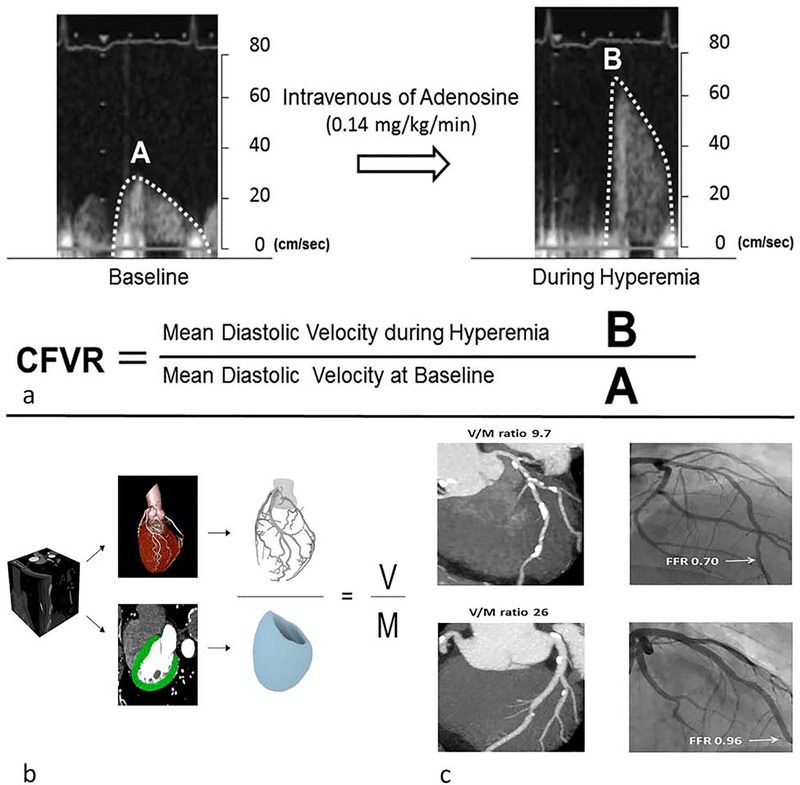Figure 3: Echocardiography derived coronary flow volume reserve and computed tomography of derived coronary luminal volume to myocardial mass.
Using transthoracic doppler echocardiography to obtain mean diastolic velocities at rest and stress allows for the derivation of coronary flow volume reserve (a). Computational modeling allows for calculation of luminal volume to myocardial mass (V/M) ratio (b). Example of V/M ratio and fractional flow reserve in 2 patients with non-obstructive CAD (c). The patient with the reduced FFR has a corresponding reduced V/M ratio. CFVR-coronary flow volume reserve, V-luminal volume, M-myocardial mass, FFR-fractional flow reserve.
(Permission obtained from Kakuta, K et al. Comparison of Coronary Flow Velocity Reserve Measurement by Transthoracic Doppler Echocardiography With 320-Row Multidetector Computed Tomographic Coronary Angiography in the Detection of In-Stent Restenosis in the Three Major Coronary Arteries. Am J Cardiol. 2012;110(1):13–20. and Taylor CA, et al. Effect of the ratio of coronary arterial lumen volume to left ventricle myocardial mass derived from coronary CT angiography on fractional flow reserve. J Cardiovasc Comput Tomogr. 2017; 11(6):429–436.)

